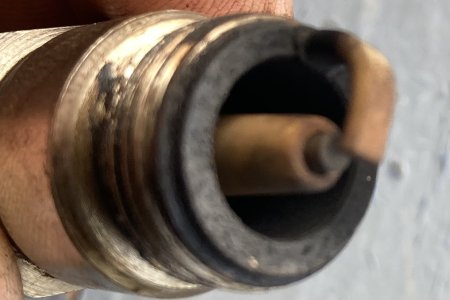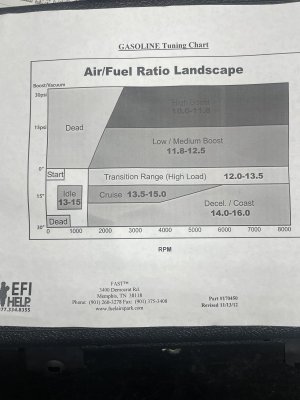ActionYobbo
Well-known member
First time using an AFR gauge was on this motor. Totally stock 200 with large log head autolite 1100. So first up the jet was 70 and AFR reading was 10.0 so I went to a 67 jet and AFR was 10.8 to 11.2 so I went to a 65 jet and AFR is 11.7 to 12.0
65 is the smallest I have now but the book says 66 for this motor but I am also running 89 octane with 10% corn. I read I should be trying to get mid 13’s to low 14’s as a good AFR but I think I am getting too lean now. Am I chasing the wrong AFR? Is 12 ok? What am I missing?
65 is the smallest I have now but the book says 66 for this motor but I am also running 89 octane with 10% corn. I read I should be trying to get mid 13’s to low 14’s as a good AFR but I think I am getting too lean now. Am I chasing the wrong AFR? Is 12 ok? What am I missing?
Last edited:



